May Matthews, managing director at Bonhams Scotland and head of the auctioneer’s Scottish art department, shares the secrets of buying art at auctions.
AUCTIONS can be exhilarating affairs, as bidders compete with each other until finally one emerges triumphant. But aside from the drama, buying at auction makes sound practical sense. Here are some reasons why.
Specialist knowledge
One of the great things about buying at auction is access to specialist advice. In the area of fine art, for example, specialists provide details on each work, including the artist, provenance (previous ownership), and notes on the pieces themselves, as well as complete condition reports. Their knowledge is available to anyone who asks and as they are all great enthusiasts for their subjects they are only too happy to help.
Value
Auctions represent excellent value for money. Bonhams recent “Oak & Vernacular Furniture, Folk Art & Naïve Paintings” sale in Edinburgh, for example, offered hundreds of pieces of furniture – all of which had stood the test of time – of a quality rarely found today at estimates averaging around £2,000. Jewellery and watch auctions not only offer more choice and variety across the board than most retailers they can also be much better value.
A word here about fees. All auctioneers charge a buyer’s premium as a percentage of the hammer price. The rate varies from auction house to auction house. For some works of art there may also be an artist’s resale right (AR) but all fees must be clearly signalled to bidders in advance so there should be no surprises.
Choice and opportunity
Dedicated sales in specialist areas provide buyers and collectors with a huge choice of items. Bonhams, for example, has more than 60 specialist areas, including Scottish art, where in any given sale you can find everything from early portraits to works by the Scottish Colourists. In other areas such as whisky, for instance, the very rarest bottles may never have been offered for sale on the open market and auctions are the only place ordinary collectors get the chance to add one to their collections.
It’s easy and transparent
Bidding at auction has never been easier. In addition to attending auctions in person, bidders can leave an advanced bid with the auctioneer (with an upper limit that cannot be exceeded), bid by telephone or over the internet or even from an app on their mobile phones. Auctioneers are trained to ensure that bidders are comfortable with what they are doing and are intending to bid so mistakes are very rare indeed – it really is a myth that you can cough in the wrong place and end up with a Rembrandt. Before the sale, most auction houses offer viewing days when prospective buyers can see the works in person and of course discuss them with specialists. All sales are available to view online.
Finally, auctions are fun and can suit every budget
The Dunrobin Attic sale at Bonhams last year attracted many hundreds of people bidding from all over the world, eager to acquire a piece of history from one of Scotland’s grandest and most historic castles – something they would never have been able to do otherwise. It took a marathon 11 hours to complete, with four auctioneers taking turns on the rostrum and almost every single lot found a new home. It was a perfect example of why buying at auctions is so addictive and enduring.
Auctions provide an opportunity to own one of a kind pieces, moments of history and rare collectables. At the recent Bonhams Scottish art sale, there were works to suit every budget and here are a few examples:
Under £1,000
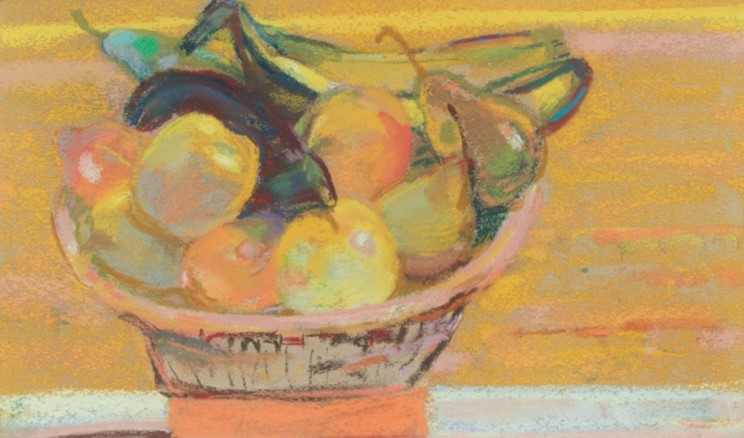
£600-800
Lot 139 AR
Sir Robin Philipson RA PRSA FRSA RSW RGI DLitt LLD (British, 1916-1992)
Fruit (1978)
Signed and dated to artist’s label (verso)
Pastel
22 x 37.2 cm (8 11/16 x 14 5/8 in)
Under £5,000
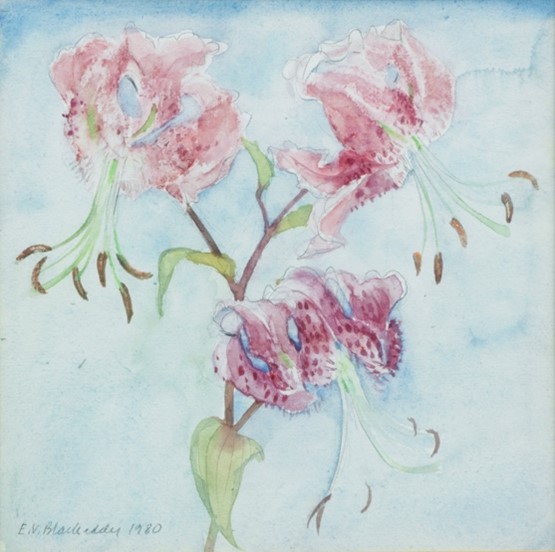
£2,000-3,000
Lot 130 AR
Dame Elizabeth Blackadder OBE RA RSA RSW RGI DLitt (British, 1931-2021)
Lilies
Signed and dated “EV Blackadder 1980” (lower left), further signed and titled to backboard (verso)
Watercolour
20 x 20 cm (7 7/8 x 7 7/8 in)
Under £10,000
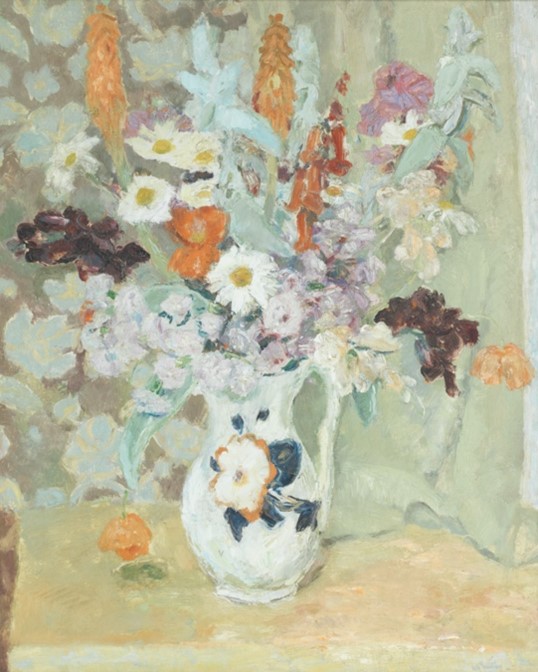
£6,000-8,000
Lot 116 AR
Sir William George Gillies CBE LLD RSA PPRSW RA (1898-1973)
Mixed Bouquet (1936)
Signed “W Gillies” (lower right)
Oil on canvas
66 x 81.3 cm (26 x 32 in)
Under £50,000
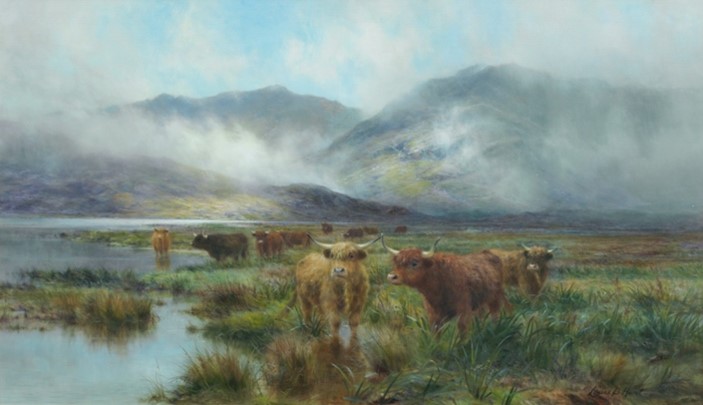
£10,000-15,000
Lot 9
Louis Bosworth Hurt (British, 1856-1929)
The Sunlit Mists of Early Morning, A Marshy Pasture
Signed “Louis B Hurt” (lower right), inscribed to stretcher (verso)
Oil on canvas
61 x 101.6 cm (24 x 40 in)
Under £100,000
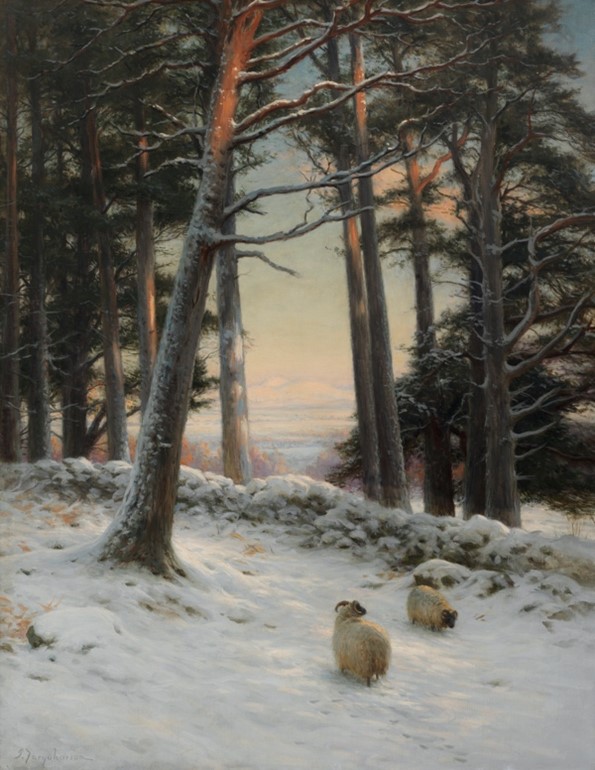
£50,000-80,000
Lot 69
Joseph Farquharson RA (British, 1846-1935)
Winter: Sheep in a snowy woodland
Signed “J Farquharson” (lower left)
Oil on canvas
112 x 87 cm (44 1/8 x 34 1/4 in)
Over £100,000
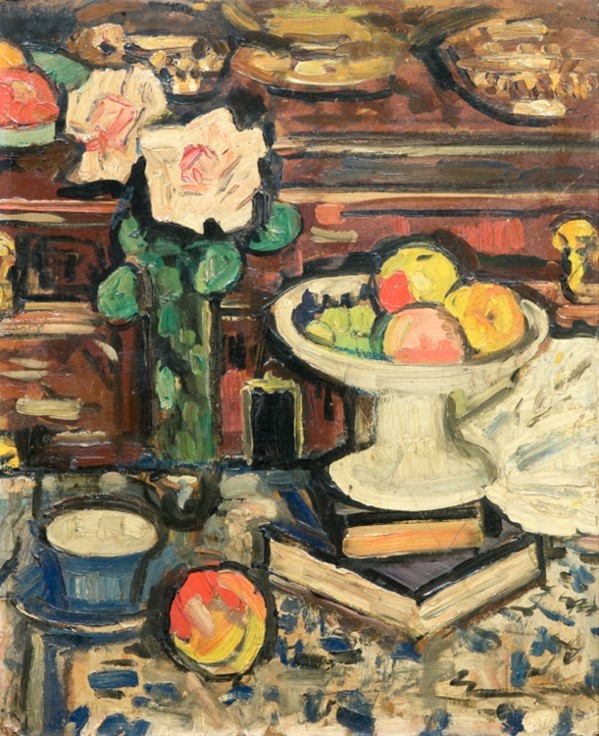
£80,000-120,000
Lot 85
George Leslie Hunter (British, 1877-1931)
The Blue Teacup, circa 1928-9
Inscribed by Arthur Leyden “By Leslie Hunter/about the 1920s/A T Leyden” (to backing paper, verso)
Oil on board
55.2 x 45.4 cm (21 3/4 x 17 7/8 in)
Read more stories on Scottish Field’s arts and antiques pages.
Plus, don’t miss the auctions news pages in the December issue of Scottish Field magazine.
TAGS

